A Selection of Social Media Posts Within the Wellness and Spiritual Niches
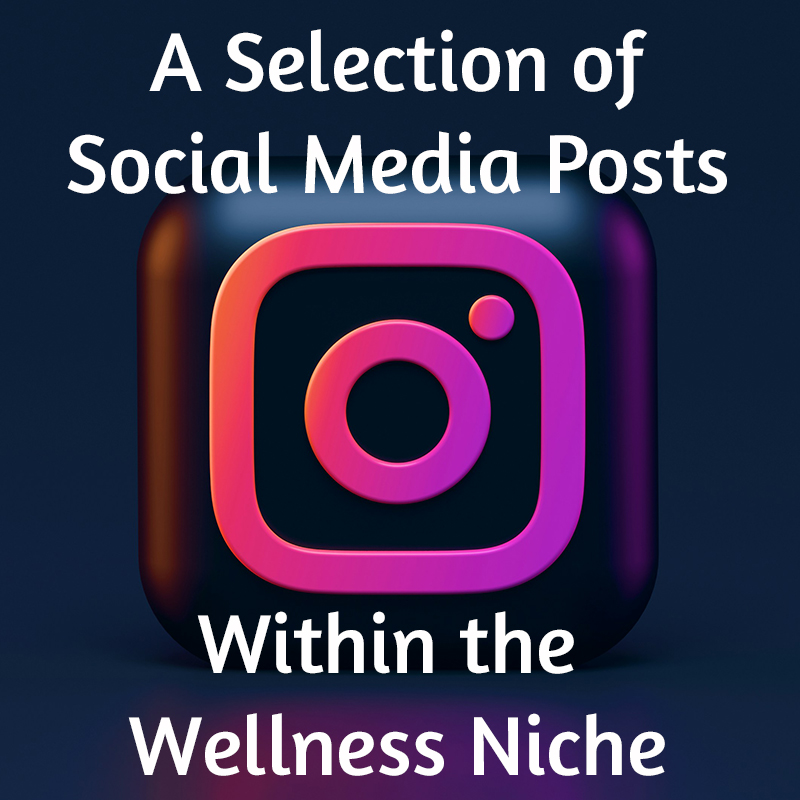
Psoas anatomy and its power over the human body
The Psoas muscle is commonly referred to as the hip flexor muscle. It starts in the lower lumbar region of the spine and runs down through the pelvis. There, it attaches itself to the thigh bone.
Its primary function, as the nickname implies, is to flex the hip joint, allowing us to walk, run, and jump.
It also plays a crucial role in the stabilizing of our upper bodies and the posture connecting our lower and upper bodies. In other words, keeping it strong and flexible is essential for our overall mobility.
Tension or tightness in the Psoas muscle can lead to pain in the lower back and hip. As well as imbalances that affect our ability to move.
The Muscle of The Soul
On an emotional level, the Psoas muscle is sometimes referred to as the “muscle of the soul”. This is because of its deep connection with our emotions. The Psoas muscle stores emotional trauma, thus linking tension in the muscle to experiences of fear and anxiety.
Furthermore, the Psoas muscle is also connected to the sympathetic nervous system which governs our fight or flight responses. Chronic stress can cause tension in the Psoas, affecting our overall physical and emotional well-being.
A tense Psoas muscle has a negative effect on our breathing, limiting our ability to take calm and deep breaths.
At xxxxx, our Yoga classes and amazing instructors will help you stretch and strengthen your Psoas muscle (and much more). So that you may live a physically and emotionally balanced life.
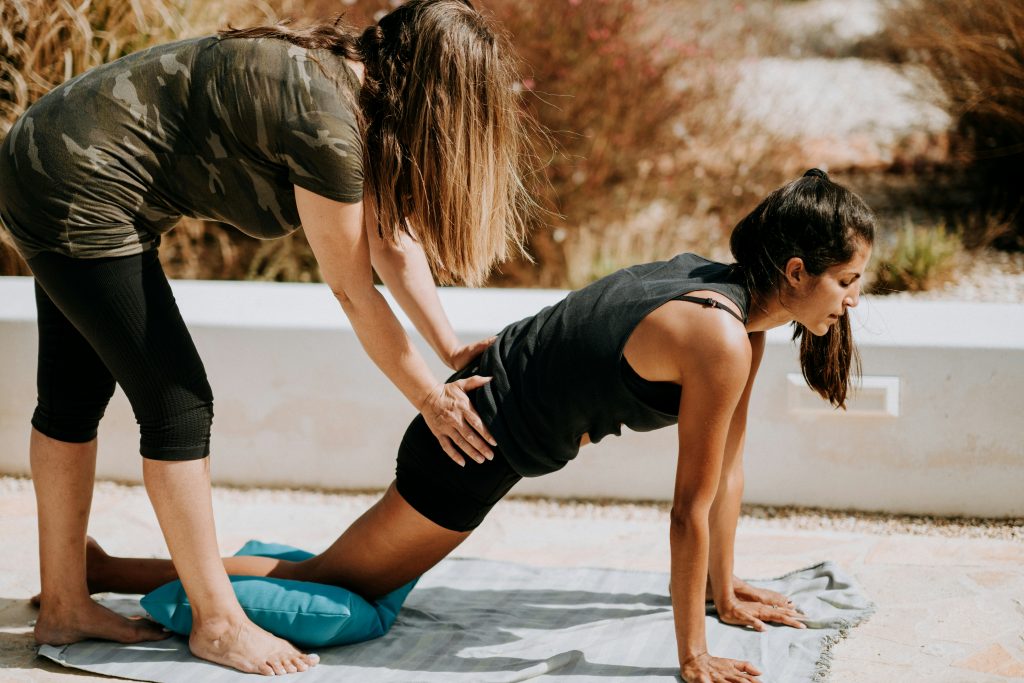
How to protect joints during yoga – modifications
Yoga is meant to enhance our physical strength and flexibility. However, not paying attention to our bodies while doing Yoga can lead to injury in both muscles and joints.
Below are four useful tips on how to prevent such injuries. As well as how we can modify our Yoga practice to suit our unique bodies.
- Be sure to have a nice and gentle warm-up before moving into deep stretching.
- Be mindful of the body. Listen to it and pay attention to signs of pain and discomfort that are coming from strain rather than stretching. When we become aware of such strain pain, we need to either stop the pose or modify it according to our body’s unique physiology.
- Using props such as blocks, bolsters, straps, and blankets are good ways of supporting the body and reducing strain and pain.
- Strengthening our core muscles and posture can help prevent injuries. This is because strong core provides better support to our joints while in our poses.
At xxxxx, all of our instructors are here to support you in developing a sustainable yoga practice.

Grounding: The power of being barefoot outdoors
Walking barefoot is about more than just taking our shoes off and letting our feet touch the ground.
Studies have now shown that walking barefoot on natural surfaces has many powerful healing effects mentally, emotionally, and physically.
Among these is reduced inflammation through improved circulation as the feet are stimulated by the uneven surface of the ground.
It also allows our feet to move freely and strengthen, which in turn improves our balance and posture.
Being in direct contact with Mother Earth helps us become grounded and centered, which calms our nervous system and reduces stress and anxiety.
In other words, walking barefoot on a regular basis enhances our general sense of mental, physical and emotional well-being.
Join our barefoot movement at xxxxxx. Together, we build Strong Bodies, Strong Minds, and Empowered Lives, and we have lots of fun doing it
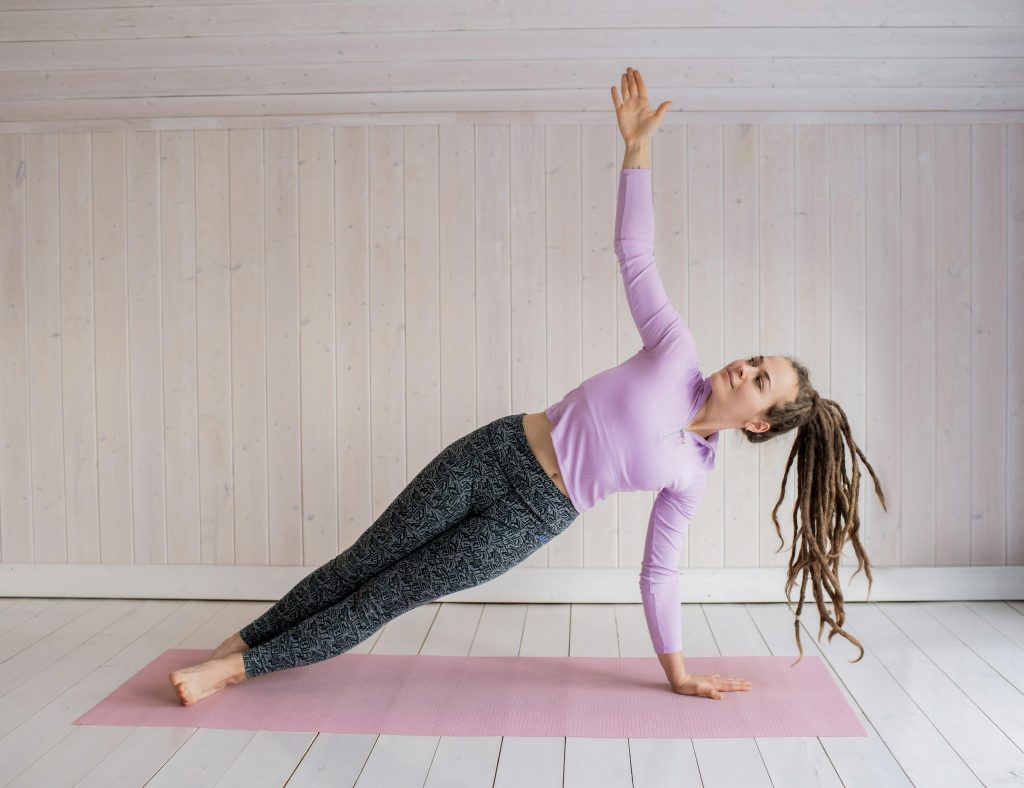
How Pilates targets core muscles that no other exercise can
Pilates is a form of low-impact exercise that focuses on core strength, stability, flexibility, and posture. Below are some of the reasons why Pilates is able to target core muscles like no other form of exercise can.
- Pilates is designed to primarily engage the deep stabilizing muscles, such as the transverse abdominis, the multifidus, and the pelvic floor muscles. These are often not specifically targeted in conventional workouts.
- In Pilates, we emphasize slow and controlled movements rather than explosivity and speed. This allows us to target the core muscles better as well as increase bodily awareness, ensuring that our core muscles are effectively engaged throughout the workout.
- During the entire workout, Pilates emphasizes posture and alignment, which has a direct and powerful effect on the core muscles, making sure that they are specifically targeted while greatly reducing the risk of injury.
- As Pilates is designed to target the core, many of the exercises are designed to maintain core stability while moving our arms and legs. This enhances the core’s functional strength needed in our day-to-day lives.
- In Pilates, we use various sorts of equipment specifically designed to provide resistance and support to strengthen the core muscles.
If you are looking for a gentle and functional exercise that strengthens your core and promotes physical well-being in your day-to-day life, we at xxxxx invite you to come on down and try one of our awesome Pilates classes.

Why yoga and Pilates are functional and how they aid in picking up kids, bending over, cleaning, sitting etc.
Are you experiencing physical pain and stress from doing laundry, cleaning, cooking, and constantly bending over to pick up your kids and their toys from the floor?
Aching necks, shoulders, hips, knees, backs, wrists, hands, and feet are all typical symptoms many of us modern women experience from providing a good home for our family.
At xxxxx, we offer a number of yoga and Pilates classes. These are considered to be functional forms of exercise as they promote core strength, flexibility, balance, and body awareness.
Regularly strengthening and stretching our core muscles is essential for us to be able to perform our basic daily chores and activities with ease and grace. Free from pain.
If you are experiencing pain from tear and wear, we invite you to try one of our yoga or Pilates classes. You can find our class schedule and sign up for a class on our website:

What is (conscious) manifestation?
Everything that takes form is a manifestation of a previously held idea or belief, regardless of whether it is something we want or don’t want.
Conscious manifestation refers to the process of consciously participating and allowing an idea, vision, or dream to take shape in our physical dimension.
This process has three main stages. The first stage is having a clear vision, dream, or intention.
The second stage is doing the inner work necessary to move into the feeling that this dream or vision can be realized. This includes releasing and letting go of our fears, worries, and doubts about the manifestation.
The last stage is where we take daily action toward that dream, vision, or intention.

The relationship between the lower back and tight hips
Are you experiencing stress, strain, and reduced mobility in your lower back? If so, that can be the result of tightness in your hip muscles.
Our hip muscles connect to the pelvis, which supports the spine. Tightness in the hip muscles can lead to the pelvis moving out of alignment. This will subsequently affect the alignment of the spine, which in turn may result in lower back pain and discomfort.
Yoga and Pilates help stretch and strengthen the hip muscles. Thus alleviating or altogether preventing pain and discomfort in the lower back.
Check out our yoga and Pilates classes. Connect with our fun and supportive yoga community, and free yourself from pain and discomfort in your lower back.

The vagus nerve and digestion
The vagus nerve is one of the longest and most important nerves in our bodies. Running all the way from the brain down to our abdomen, it plays a key role in our digestive system.
The vagus nerve helps stimulate the body’s production of gastric acids and digestive enzymes, both of which are essential for effective digestion.
If you are experiencing digestive issues, there are a number of ways to stimulate the vagus nerve to activate and enhance the body’s ability to effectively digest food.
- Engaging in deep breathing exercises (Pranayama) helps stimulate the vagus nerve, thus promoting its functions, which lead to increased digestion.
- Meditation and other relaxation techniques help increase the vagus nerve’s activity level (also referred to as vagal tone), which in turn helps enhance the body’s digestive functions.
- Certain yoga poses, such as the Downward Facing Dog, Seated Forward Bend, Bridge Pose, and Child’s Pose, just to name a few, also stimulate the vagus nerve, increase blood flow, and help the body relax, all of which are key to effective digestion.
Join xxxxxx fun and supportive yoga community. Check out our classes and get your juices, digestive and otherwise, going.
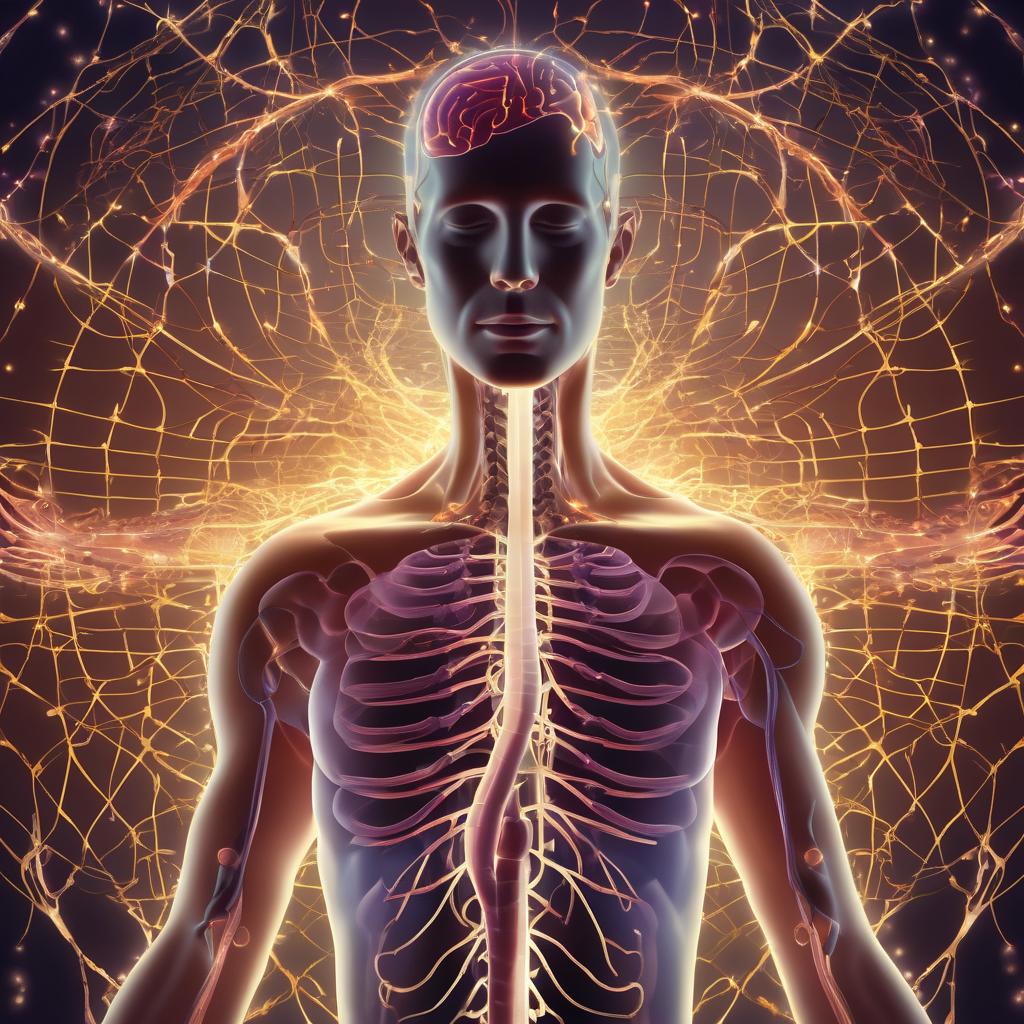
What vagus nerve tone is and why it’s important
Vagal Tone refers to the activity of the vagus nerve and is often used as an indicator of the health of the parasympathetic nervous system, in which the vagus nerve plays a key role.
The vagus nerve regulates the heart rate, the body’s digestive processes, and stress response, and thus, the vagal tone is intimately associated with our ability to cope with stress, our emotional well-being, and our physical health.
The lower our vagal tone is, the more difficult it will be for us to deal with stress and emotions. A low vagal tone also causes our hearts to beat faster, as well as limits the body’s ability to digest food effectively.
On the other hand, the higher the vagal tone, the more resilient we become to stress and the easier it becomes for us to regulate our emotions. Our heart rates decrease, digestion improves, and our immune system is enhanced.
Some of the ways to enhance and increase the vagal tone is to engage in deep breathing exercises (pranayama), meditation and mindfulness exercises, and yoga.
Give your vagal tone a boost, and treat yourself to an enhanced sense of well-being in body, mind, and soul. Join xxxxxx fun and supportive community.

The Yamas & The Niyamas
The Yamas and the Niyamas make up the two first limbs of the eight-limbed path of yoga, as described in the Yoga Sutras of Patanjali.
The Yamas and Niyamas are to be considered moral codes or guidelines, teaching us to live in greater peace and harmony with ourselves and the external world.
The 5 Yamas
These emphasize how we interact with the external world, are:
- Ahimsa (Non-Violence): Emphasizes kindness and compassion. Harmony rather than Harm.
- Satya (Truthfulness): Encourages us to be truthful and honest and to live in integrity with harmony and oneness.
- Asteya (Non-Stealing): Invites us not to take anything that is not ours
- Brahmacharya (Non-Excess): encourages us to be mindful and seek spiritual truths and realizations rather than superficial and earthly pleasures
- Aparigraha (Non-Attachment): Encourages us to release our attachments to labels, objects, and outcomes
Whereas the Yamas are guidelines on how to interact with the external world, the 5 Niyamas are more personal observances and practices inviting us to cultivate a healthy relationship with ourselves.
The 5 Niyamas:
- Saucha (Purity or Cleanliness): Encourages us to practice purity and cleanliness in body, mind, and in our environment,
- Santosha (Contentment): The Santosha Niyama invites us to be present in the now and cultivate a deep sense of gratitude and appreciation.
- Tapas (Discipline): Encourages us to cultivate the discipline needed to make conscious choices even when faced with obstacles and challenges.
- Svadhyaya (Self-Study): Encourages us to engage in introspection, self-reflection, and sacred study.
- Ishvara Pranidhana (Surrender to a Higher Power). Invites us to surrender all aspects of our lives to a Higher Power.
We invite you to join our xxxx community of like-minded and open-hearted individuals for mutual support in living and breathing these beautiful principles.

Why Gratitude is the root of all happiness
Gratitude is a profound and healing practice that we are wise to engage in on a daily, regular, and consistent basis.
It allows us to stay in joy, peace, and harmony regardless of our external conditions and circumstances.
Gratitude is the recognition and acknowledgment of the good that is fully present in every single moment.
And so whenever we give thanks and become grateful, we are turning our attention away from whatever we don’t wish to experience toward the good that is here now.
Gratitude is like a magnet—the more we fill our minds with gratitude, the more we will discover to be grateful for. And the happier we become.
As Meister Eckhart once said: “If the only prayer you ever say is Thank You – that will suffice.”
At xxxxx, we gratefully and happily build Strong Bodies, Strong Minds, and Empowered Lives. Join us Today.

How our social circles influence our success or lack thereof
Just like a teabag put into a cup of hot water infuses the whole cup, so do the people we surround ourselves with have a major influence on us and our lives.
If we surround ourselves with people who are negative, fearful, and toxic, that will rub itself off on us.
Similarly, by choosing to hang out with those who are life-affirming, have a positive outlook on life, and are grateful and “successful,” we will become more like them.
We want to choose to surround ourselves with people who lift us up and inspire and empower us to continuously become the most radiant and beautiful versions of ourselves.
If you want to hang out with people that are loving and supportive, join us today.
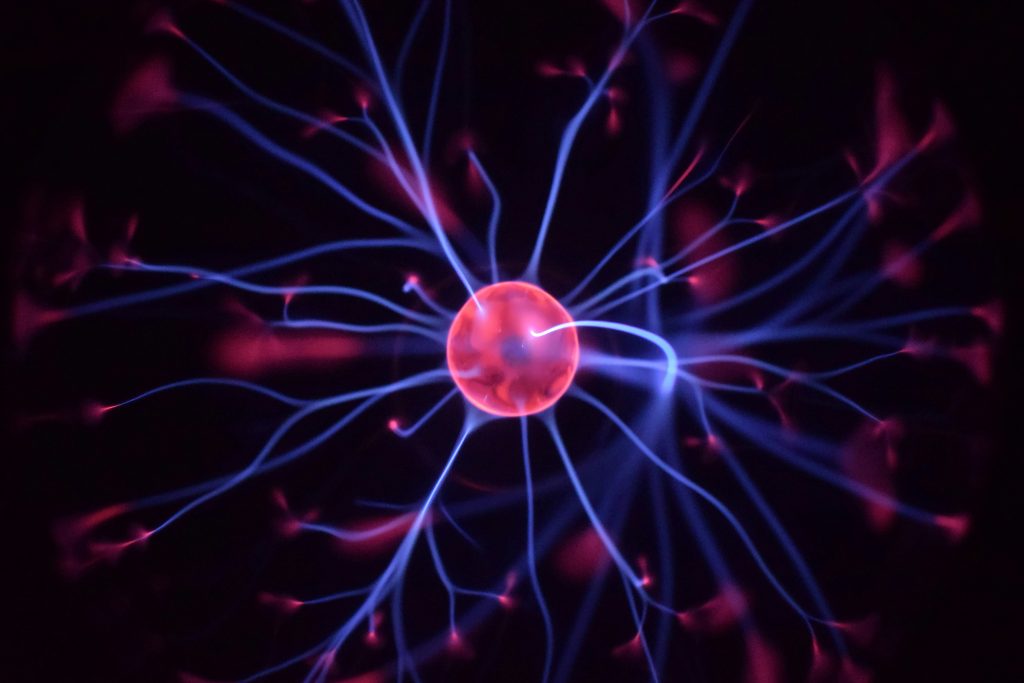
How stepping out of our comfort zone creates new neural pathways
While many of us go to great lengths to remain within the confines and perceived safety of our comfort zones, there are tremendous mental (and emotional) benefits of continuously crashing through them.
Not only does moving out of our comfort zones enhance our sense of self-worth, but it also builds powerful cognitive resilience.
Whenever we do something we have not done before, the brain is literally forced to rearrange itself and create new neural pathways.
Keeping the brain active and alert by continuously expanding beyond our comfort zones and learning new things is a well-documented antidote against diseases such as dementia and Alzheimer’s
If you want a safe space to smash through your comfort zones, join our loving and supportive community of like-minded individuals.

The Chakra system and what each energy system represents
In our bodies, we have seven basic chakras or energy centers located along the spine.
Below is a quick run-through of these, their function, and some of the issues when blocked.
1. Root Chakra (Muladhara)
The Root Chakra is located at the base of the spine.
Blockages can manifest as arthritis, constipation, bladder, and colon problems.
Emotionally, blockages manifest as a sense of financial lack and scarcity.
2. Sacral Chakra (Svadihisthana)
The Sacral Chakra is located just below the belly button.
Blockages can manifest as issues with urinary tract infections, pain in the lower
back, and impotence. As well as a low sense of self-worth around sexuality, pleasure, and creativity.
3. Solar Plexus Chakra (Manipura)
The Solar Plexus Chakra is located in the upper abdomen. This is the Chakra of our
personal power.
Blockages can manifest as various digestive issues such as ulcers, heartburn, eating
disorders, and indigestion.
4. Heart Chakra (Anahata)
The Heart Chakra is located at the center of the chest.
Blockages can manifest as asthma and heart and weight problems. Individuals with a blocked Heart Chakra also tend to put others before themselves.
They can feel lonely and isolated.
5. Throat Chakra (Vishuddha)
The Throat Chakra is located in the throat area.
A blocked Throat Chakra can express itself as physical issues with voice and throat as well as an inability
to speak and listen with compassion and clarity.
6. Third Eye Chakra (Ajna)
The Third Eye Chakra is located between our eyebrows.
Blockages in this chakra can manifest as headaches and issues with concentration or with seeing and
hearing clearly.
7. Crown Chakra (Sahasrara)
The Crown Chakra is located at the crown of our head.
Blockages can manifest as narrowmindedness, skepticism, and stubbornness.
Yoga helps open and align our chakras, thus promoting physical and emotional well-being and spiritual growth

Mindful eating
Cultivating a mindful eating practice enhances our physical, emotional, and mental well-being
Eating mindfully means that we are present and aware of the actual act of eating rather than
being distracted by external stimuli.
Here are some key components.
Being Mindful of What We Eat:
Mindful eating begins with us consciously choosing what to eat and which ingredients to use.
We want to eat good food with high nutritional value that makes us and our bodies feel good.
Gratitude and Appreciation: We want to repeatedly give thanks for our food, the ingredients, the flavors and smells, and the nutrients.
We want to give thanks for all the bodily functions allowing us to prepare, eat, and digest the food.
And for anybody and everybody who has contributed to this meal finding its way
onto our plates,
Sensational Awareness: We want to pay close attention to the food on our plate. What it looks like, smells
like, maybe even what it feels like.
Slowing Down: We want to chew the food mindfully, paying close attention to flavors and
textures. This also enhances our ability to become aware when we are full.
No Gadgets: We want to turn off and put away common distractions such as the TV and smartphones.
Let’s be fully present with the food we are eating and the environment we are eating in – objects, sounds, and smells.
Keeping a part of our attention on the breath while eating enhances our ability to be mindful and present.
Body Awareness: What signals are our bodies sending? Are we full?
Mindful eating is not about stuffing ourselves until we are overly full, but it is about stopping when we
experience being satisfied.
Emotional/Mental Awareness: We want to witness and observe the mental and emotional content
while we are eating. So to become aware of whether we are eating to fill a void, out of stress, or
mute unpleasant emotions.
Surround yourself with other individuals who also seek to become more mindful and
aware in life.